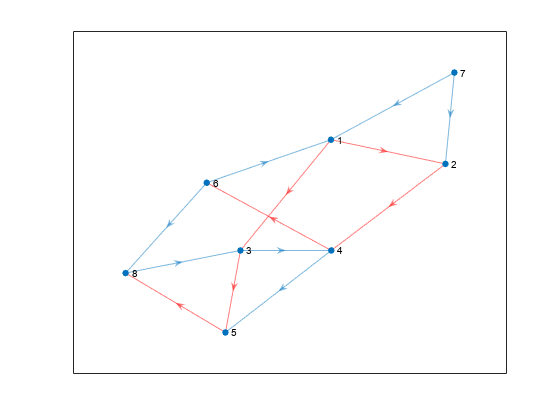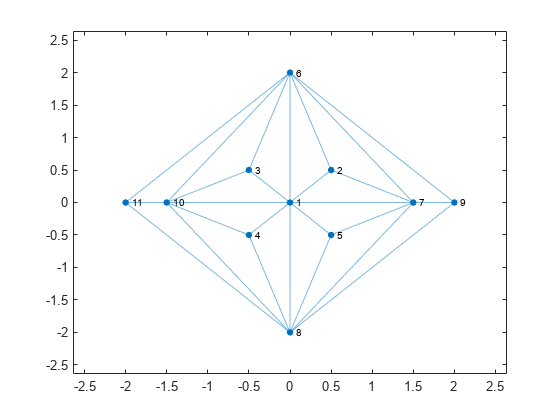shortestpathtree
从节点的最短路径树
语法
说明
TR = shortestpathtree(___,Name,Value)shortestpathtree(G,s,'OutputForm','vector') 返回用于描述最短路径树的数值向量。
示例
输入参数
名称-值参数
输出参量
提示
shortestpath、shortestpathtree和distances函数不支持具有负边权重的无向图,或更通俗地说,不支持包含负循环的任何图,原因如下:负循环是从节点出发回到自身的路径,路径上的边权重之和为负值。如果两个节点之间的路径上具有负循环,则这两个节点之间不存在最短路径,因为始终可以通过遍历负循环找到更短路径。
无向图中的单个负边权重会创建一个负循环。
扩展功能
版本历史记录
在 R2015b 中推出
另请参阅
shortestpath | distances | nearest | graph | digraph



